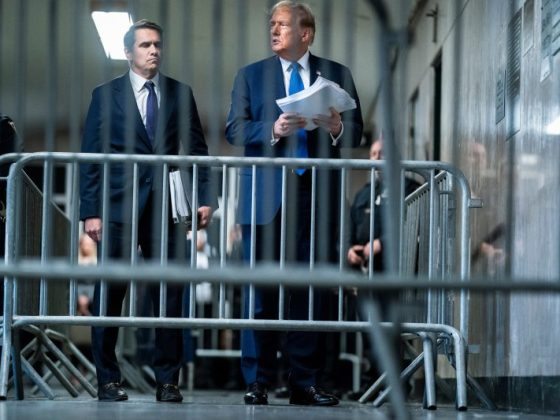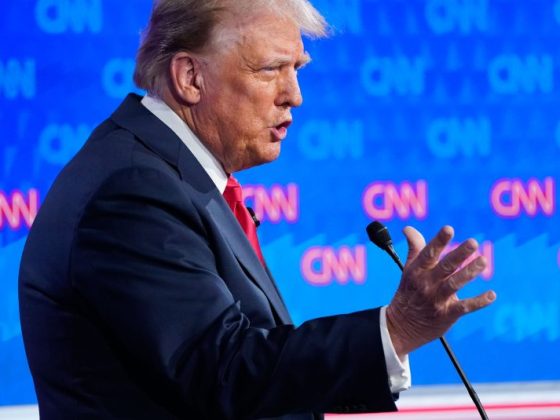Throughout Donald Trump’s tenure as the 45th President of the United States, one of the primary focuses of intense criticism, speculation and debate has been his tendency to use dog-whistle politics to communicate about issues of public unrest and violence. The term ‘dog whistle’ refers to coded language that appears to mean one thing to the general population but has an additional, different or more specific resonance for a targeted subgroup. In its shorthand it means coded, covert messages. In the Mad Hatter’s world of Donald J. Trump, these subliminal signals have been used time and again to elicit a response from specific sectors of the American public.
One of the most infamous examples of Trump’s dog whistle politics came from his response to the violent rally of white nationalists in Charlottesville, Virginia, where he infamously declared that there were very fine people on both sides. By this statement, while ostensibly condemning the violence, he used this veiled language to concurrently reassure his far-right supporters that he saw merit in their cause. Critics characterized this as validating and empowering racial hate groups. Even under the banner of containing violence, the subliminal message sent was divisive rather than unifying.
Trump’s expertise in dog whistle politics extends to his rhetoric concerning the Black Lives Matter movement and civil unrest following the killing of African Americans by police. While Trump has publicly claimed to want to address these issues, his messaging has often run counter to this. One example of this was when he quoted a racially loaded phrase in a bellicose tweet: when the looting starts, the shooting starts. This phrase, first used by a Miami police chief in the late 1960s notorious for his aggressive policing policies, was a thinly veiled dog whistle to an unstated but implicit support for the use of violent enforcement measures in quelling civil unrest.
Trump has also employed dog whistle politics in his stance on immigration and border control. His frequent derogatory references to immigrants, specifically those coming from Mexico and Latin America, as criminals and drug dealers serve as dog whistles. These spun narratives encourage a fear of the ‘other’, igniting anxiety in a section of his base that sees immigration as a threat, leading to the polarisation of the immigration issue and creating a proverbial ‘enemy’ that needs to be aggressively battled.
Digging into his campaign tactics, it’s visible that Trump’s ploy of highlighting unrest and perpetual chaos in large cities under Democratic control has been another dog whistle. By highlighting these cases, he tapped into fears and established a narrative of helpless Democratically-controlled cities in disarray while projecting himself as the law-and-order leader who could restore peace and security.
While dog-whistle politics is a tactic that has been employed by many politicians globally to various degrees, Trump’s unapologetic and unrestrained use of it to stoke anger, fear and division has been unprecedented. Trump’s dog whistles arguably contributed to an atmosphere ripe for violence and social unrest. His articulation of unrest and violence through dog whistle messages, have, as critics suggest, not abated tensions but, in many cases, exacerbated them, bearing testament to the power and potential dangers of this political strategy.











